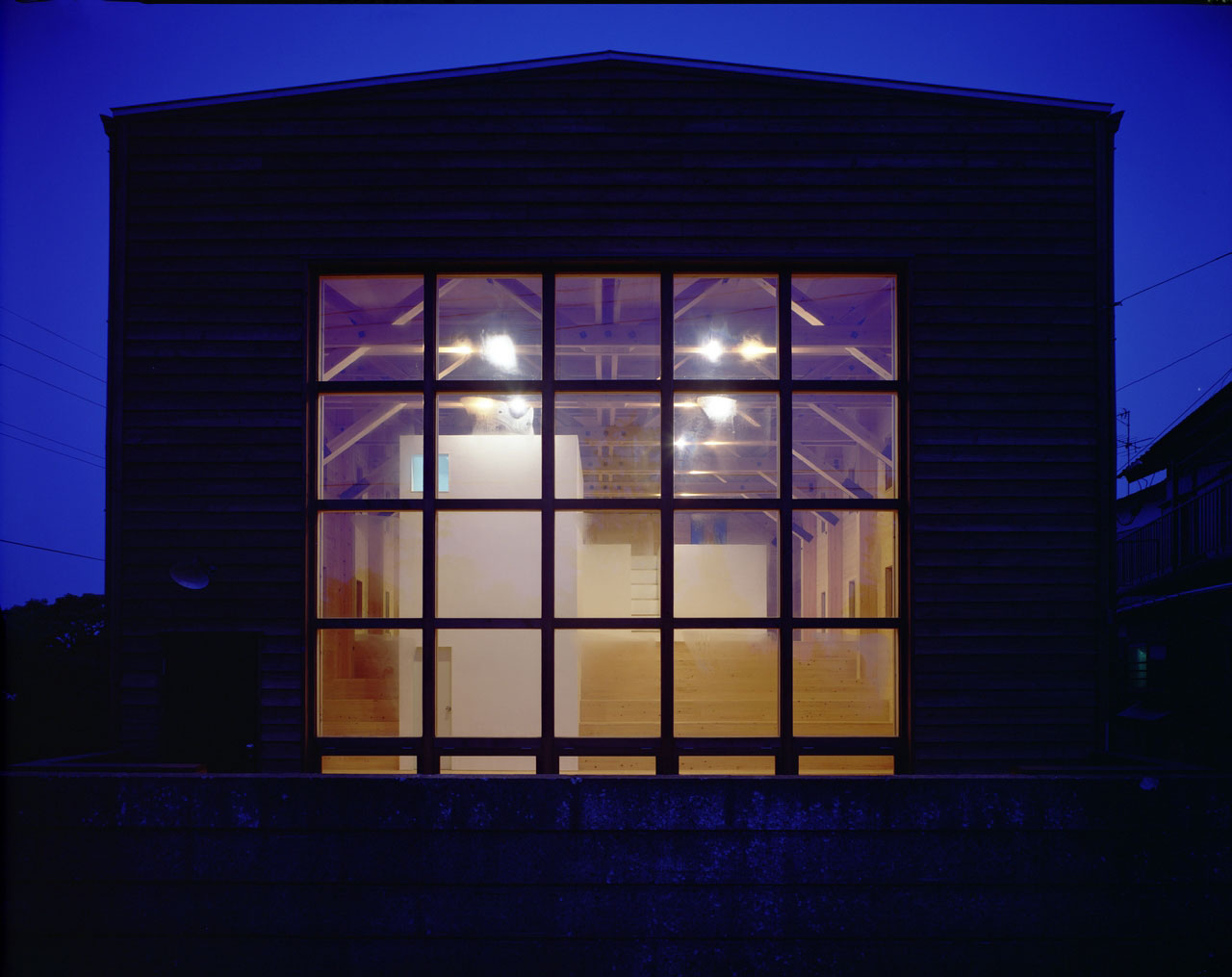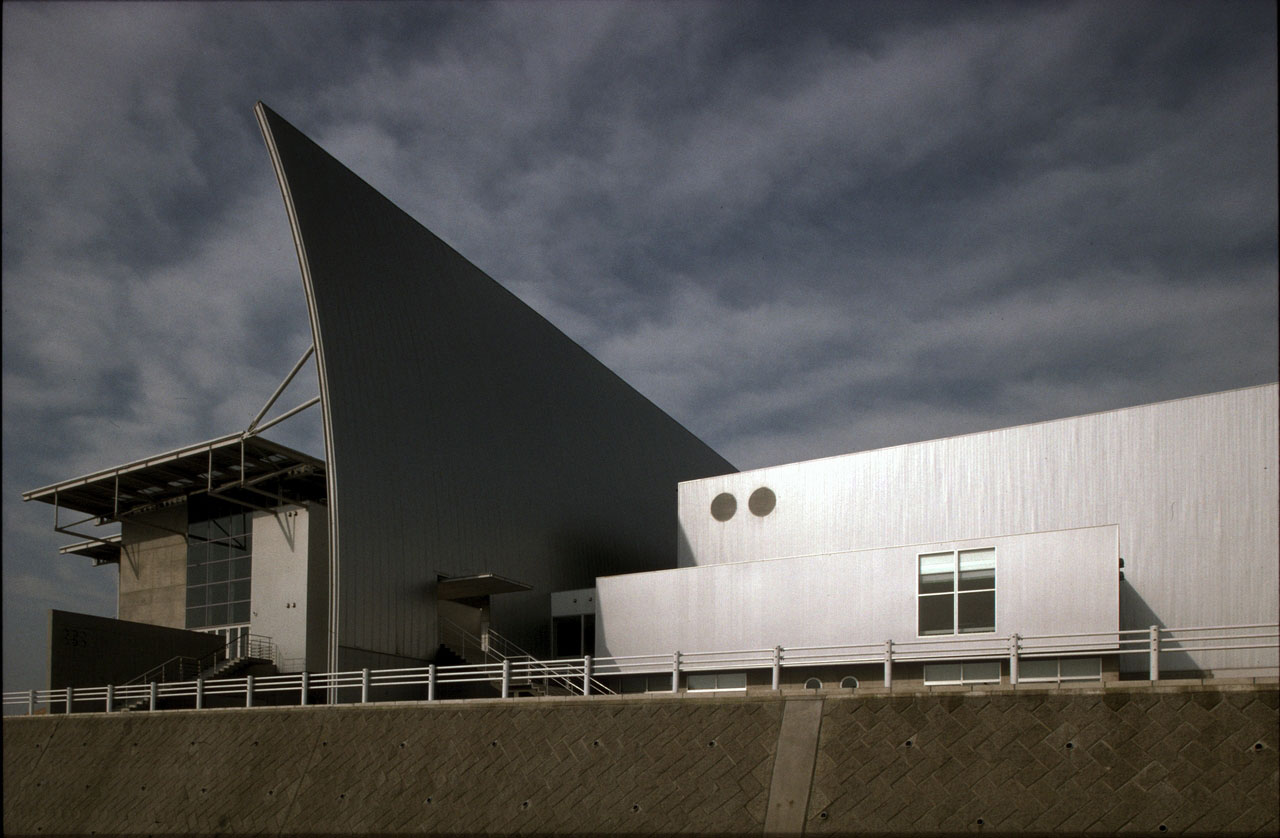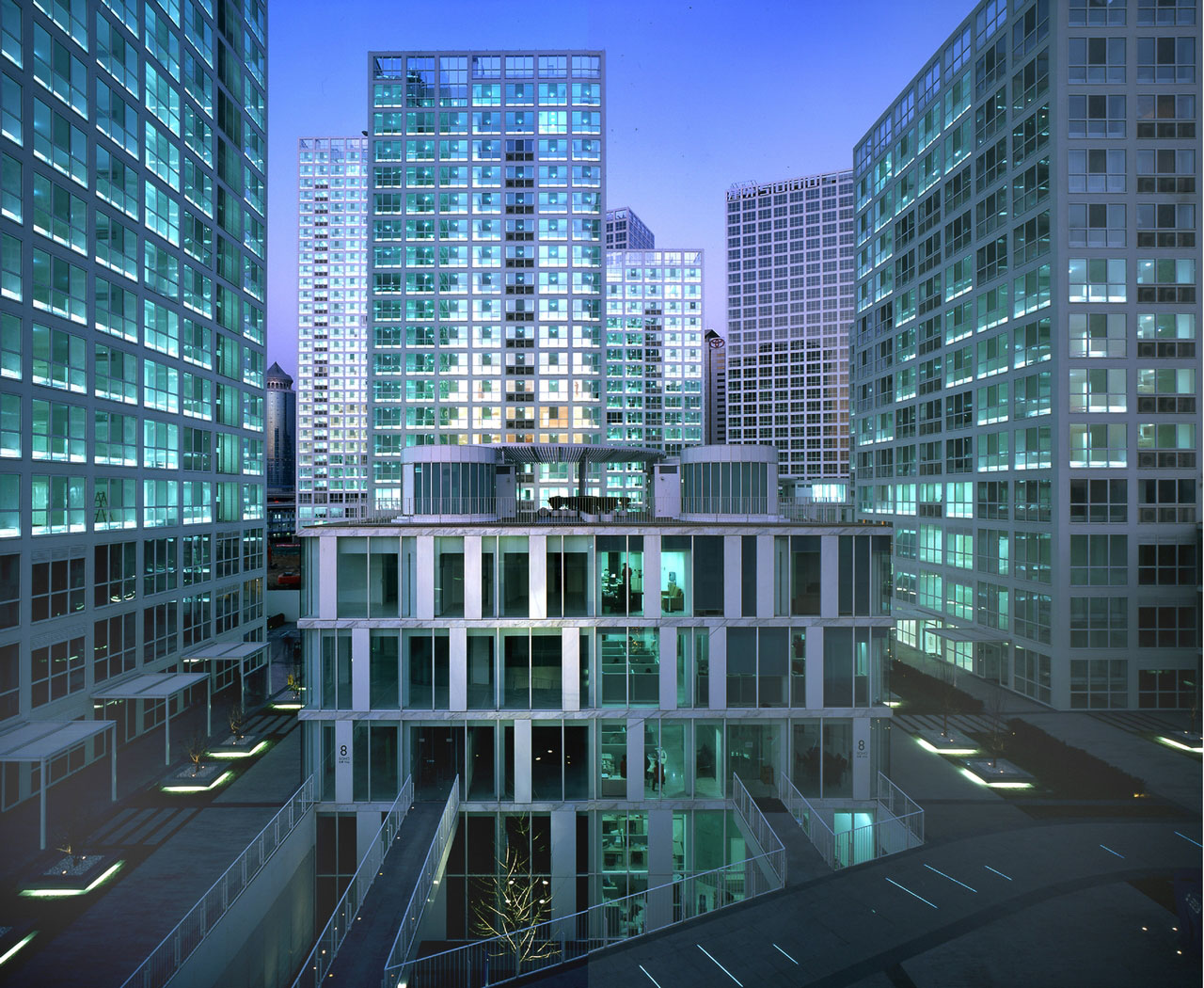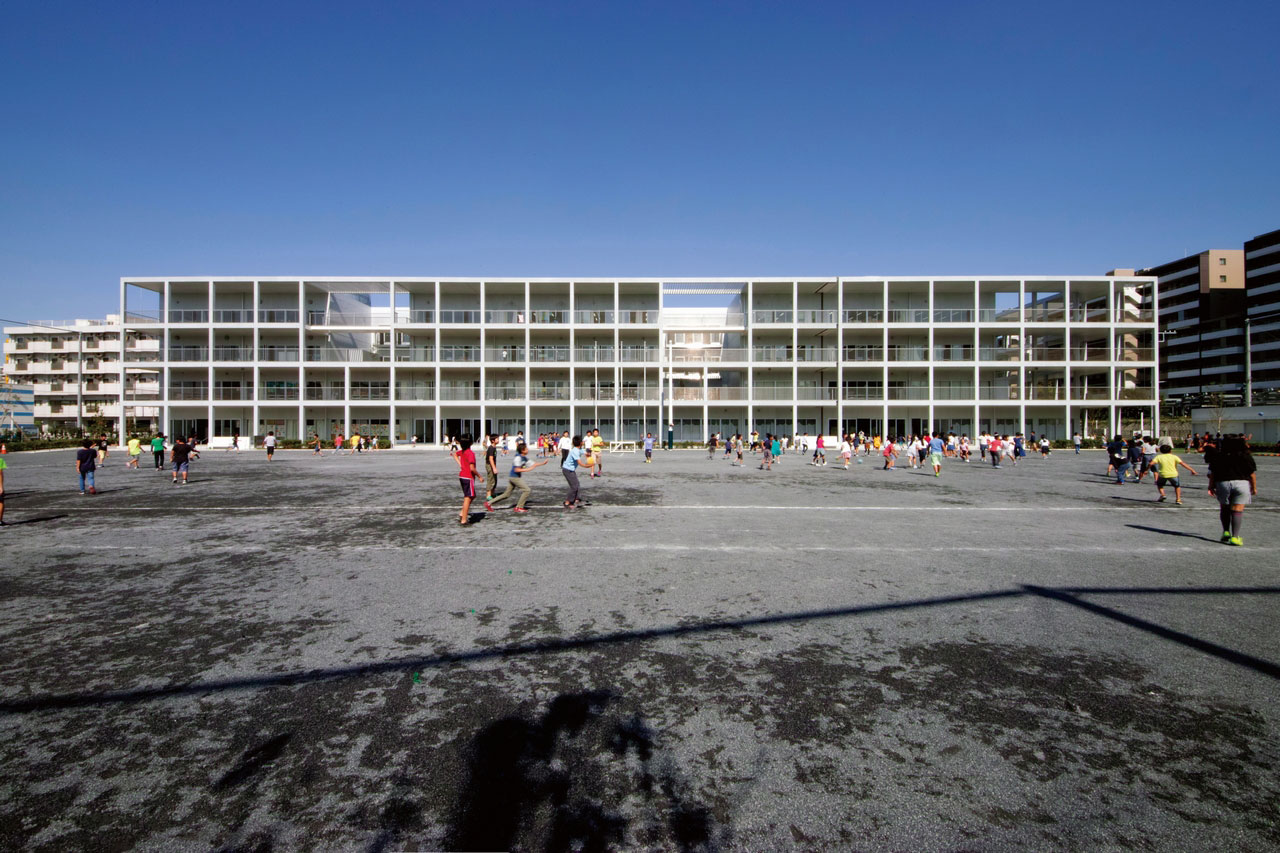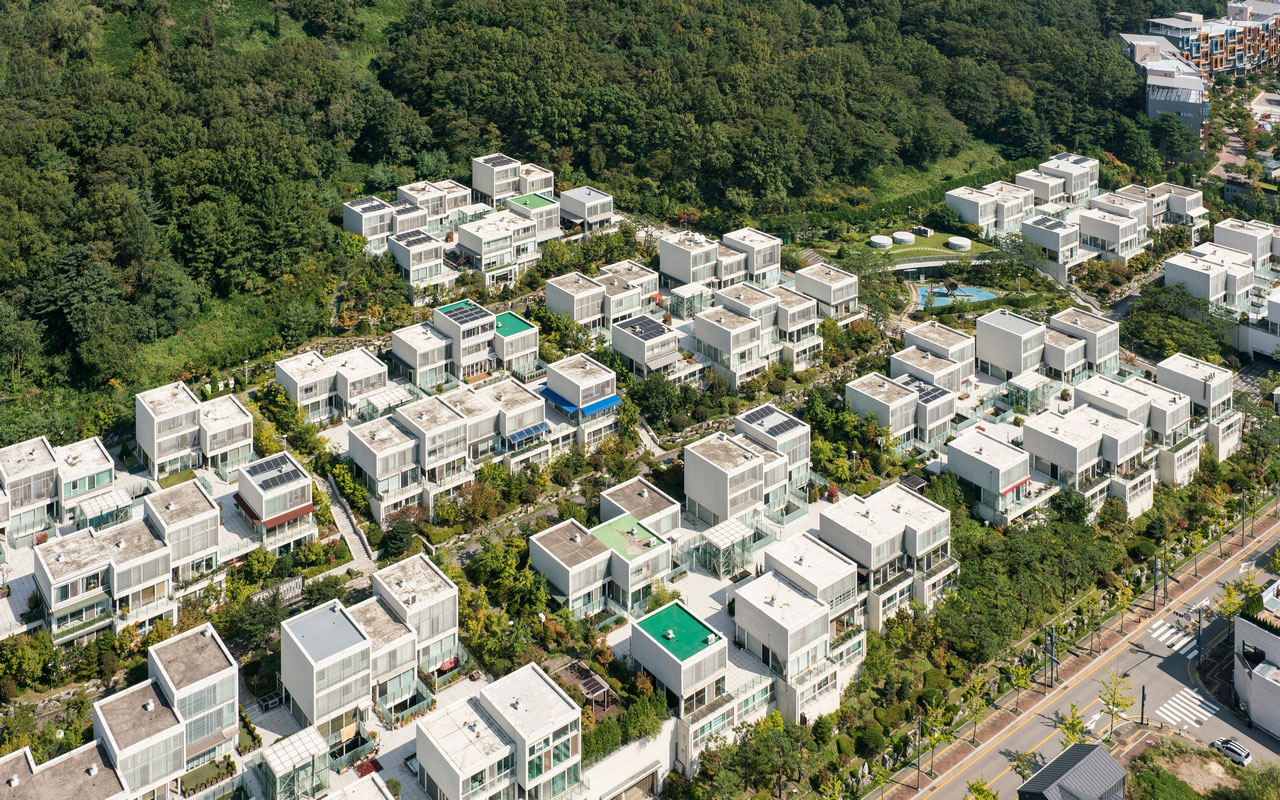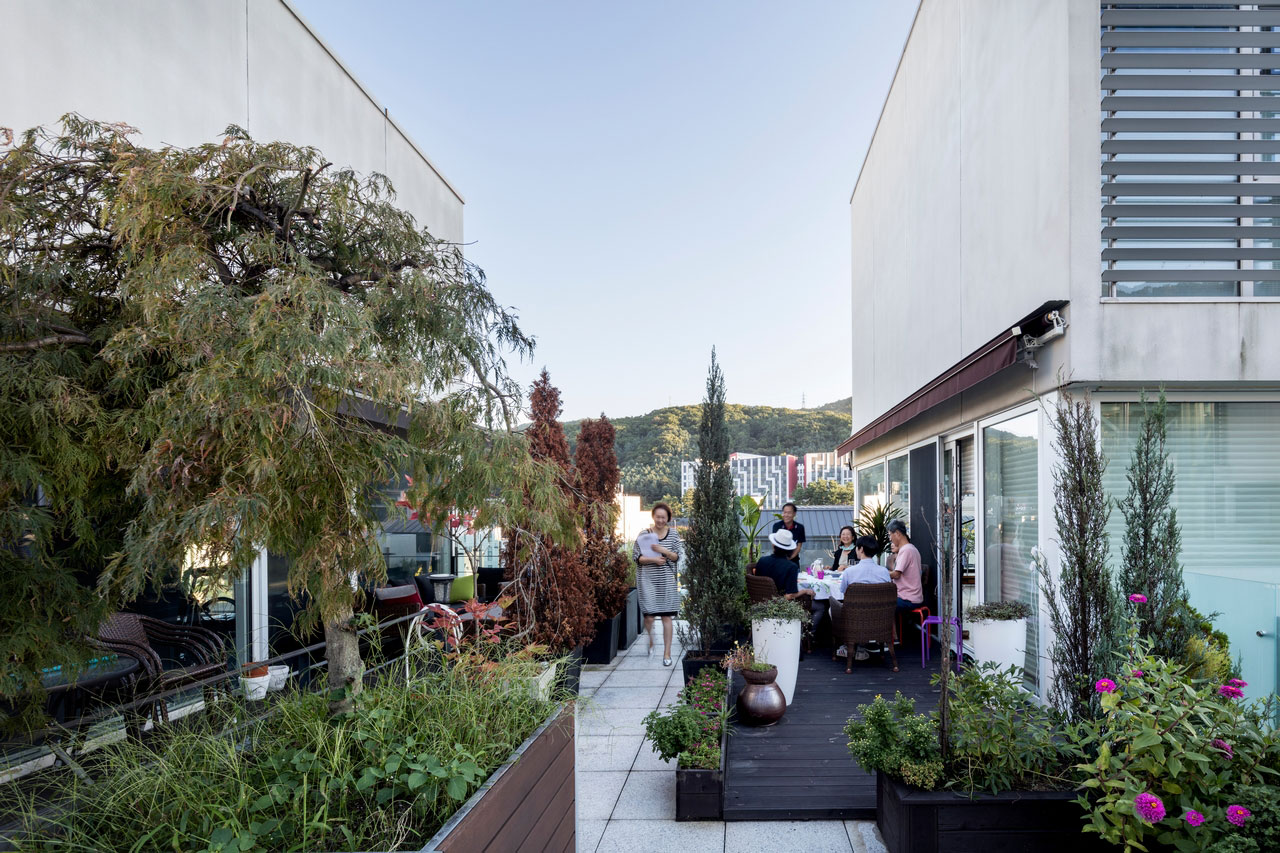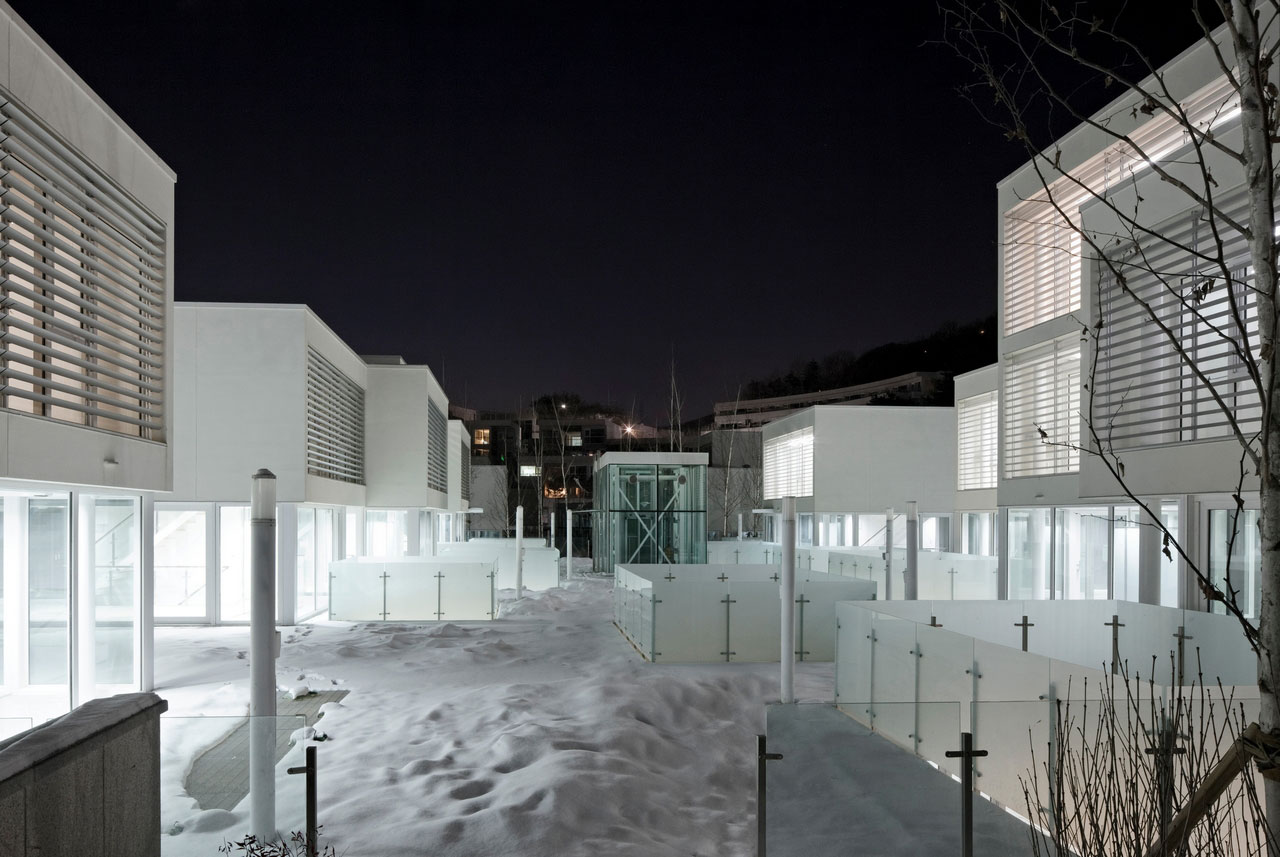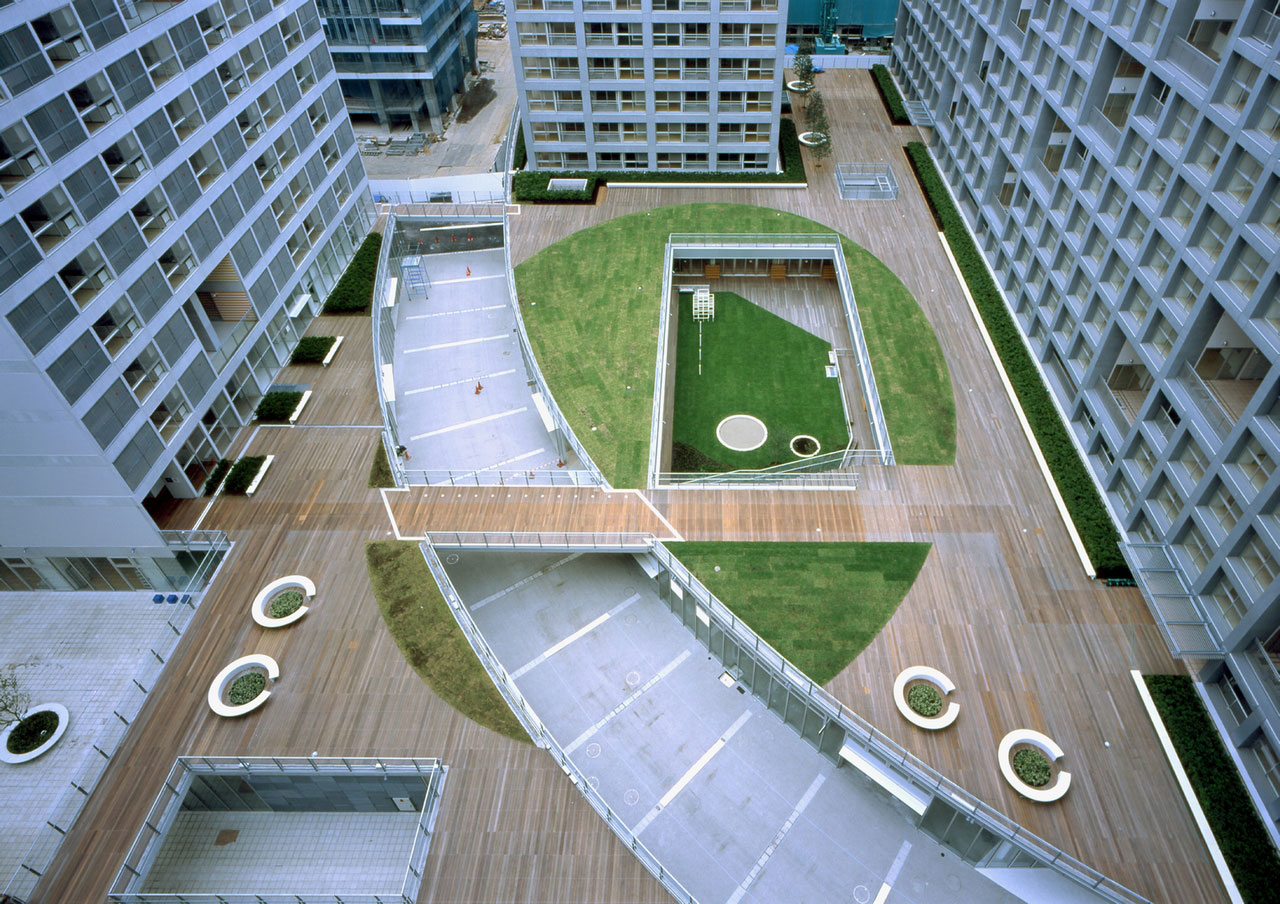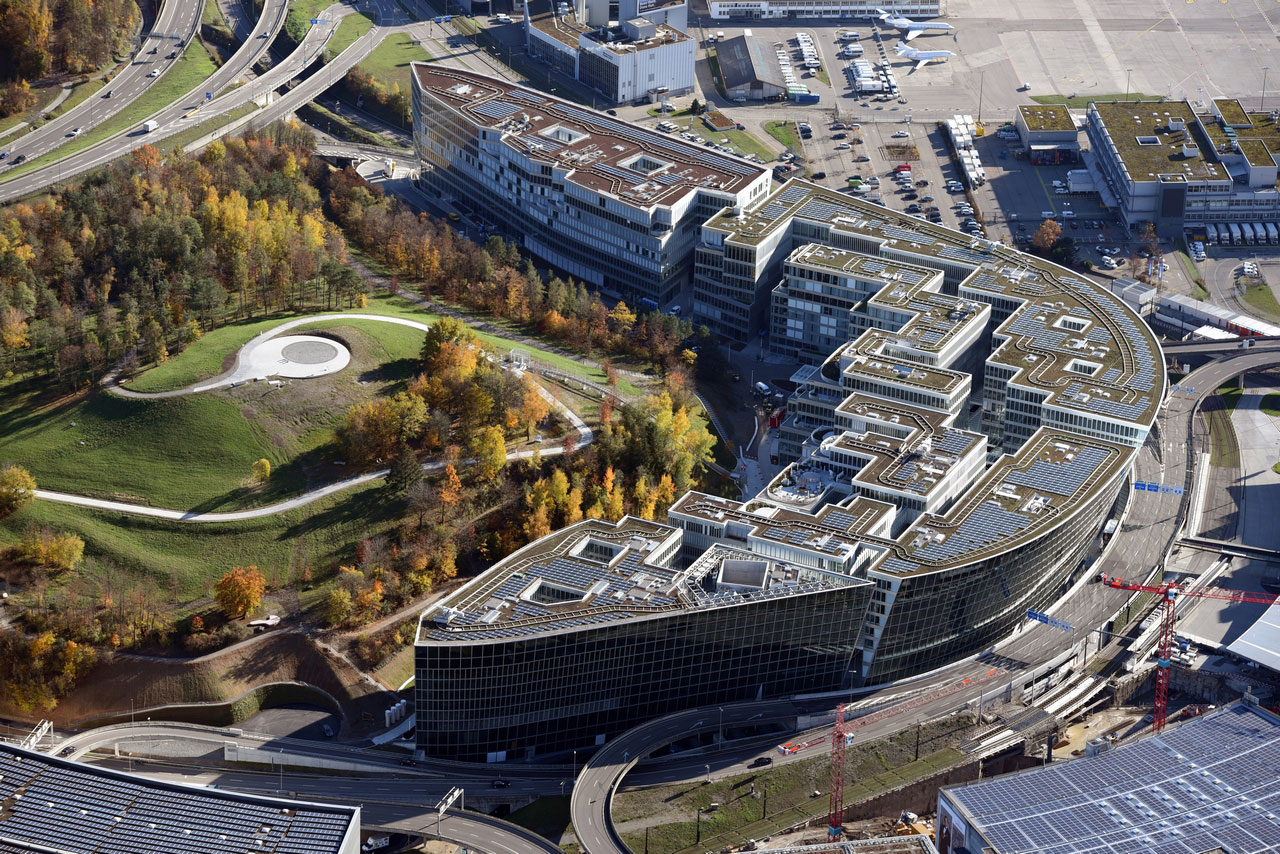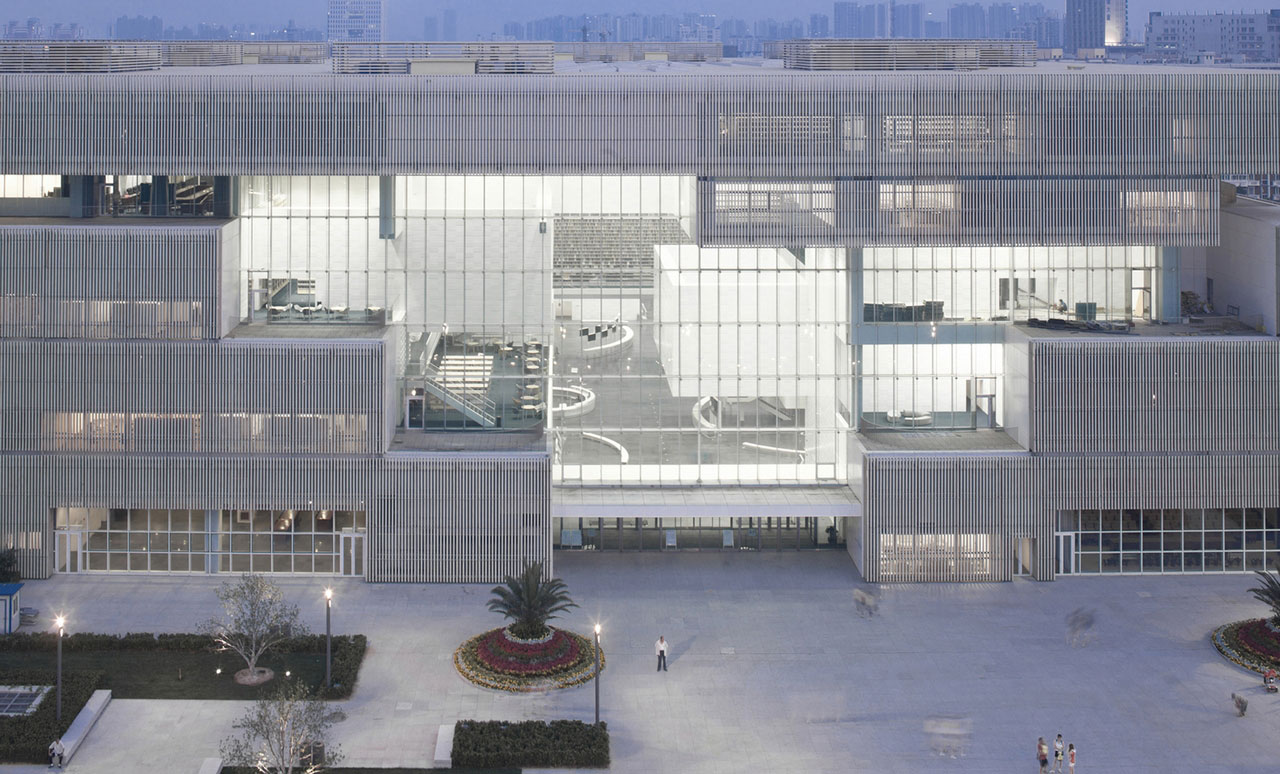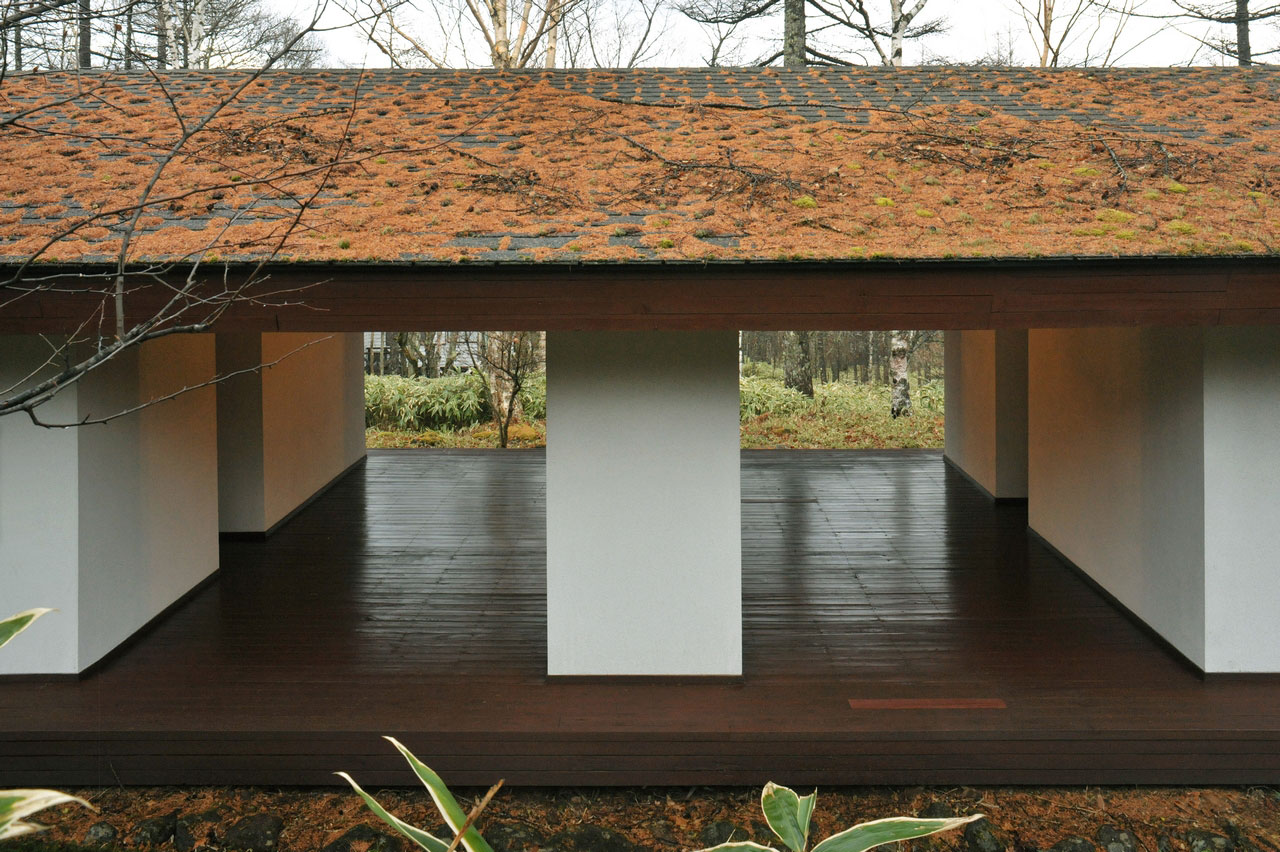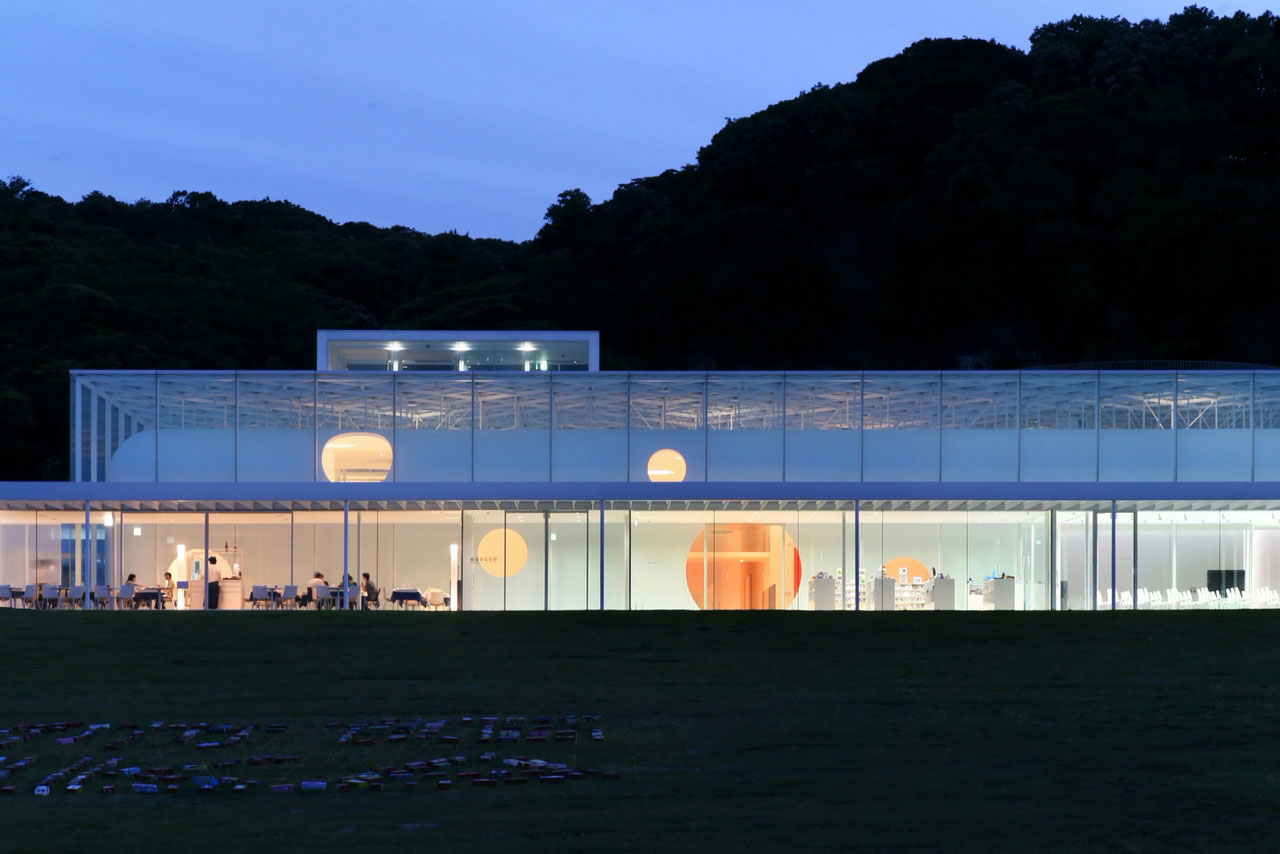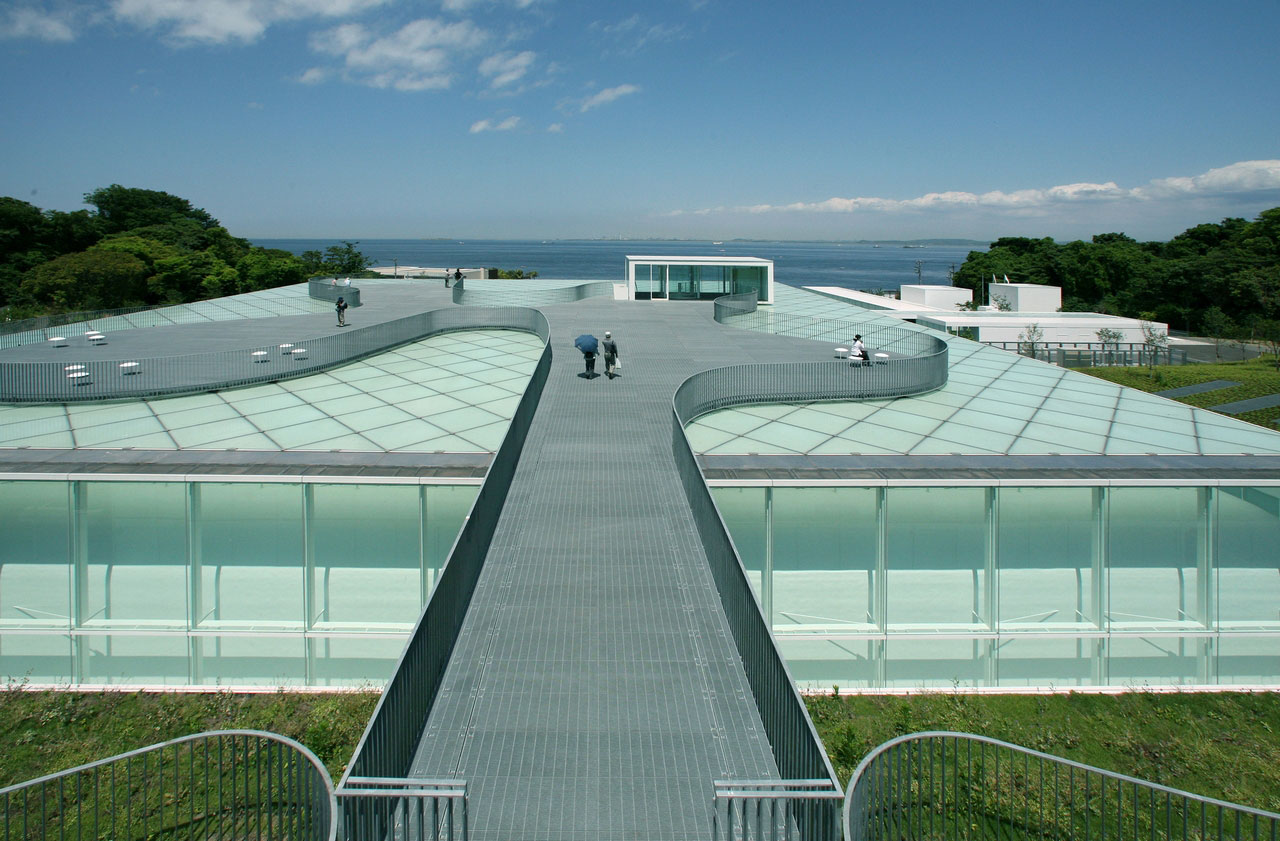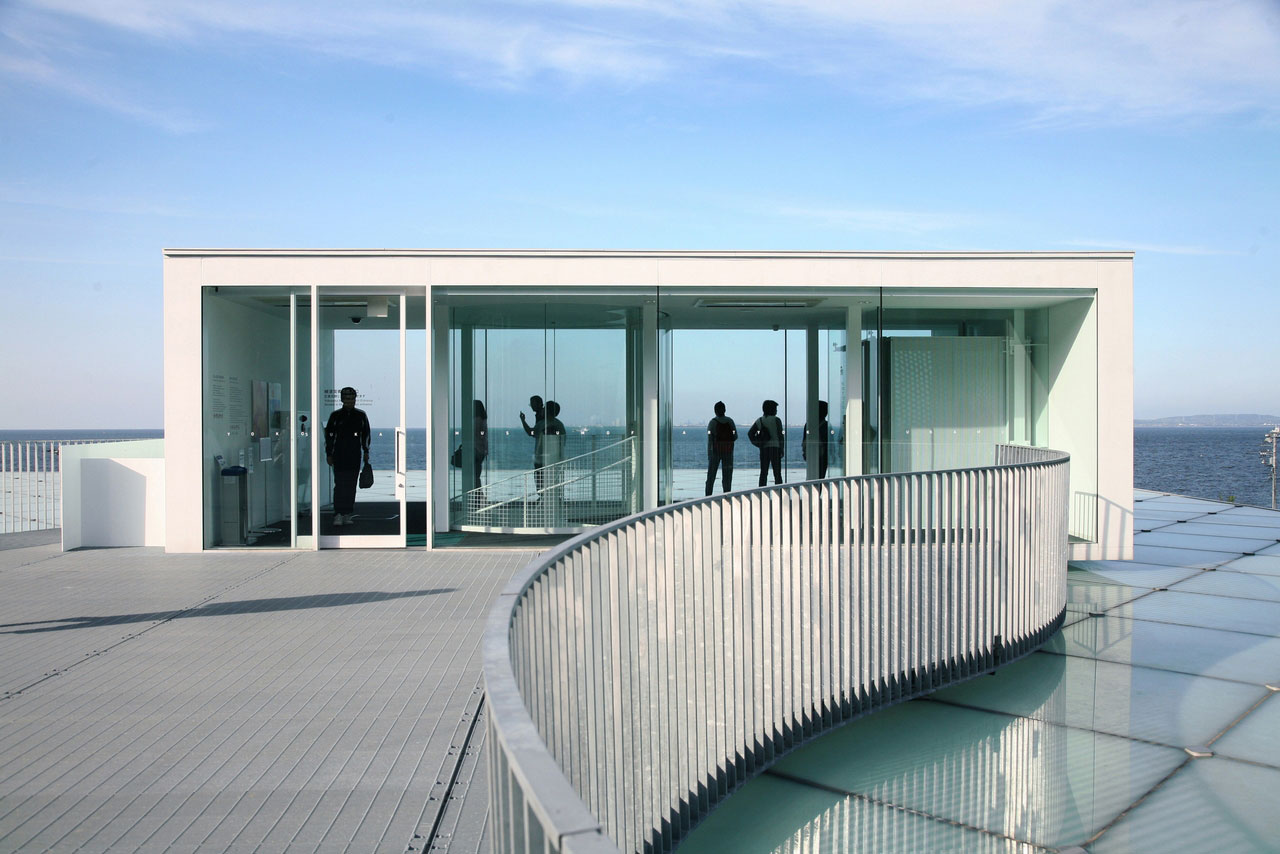ARCHITECTURE: Pritzker Prize 2024-Riken Yamamoto
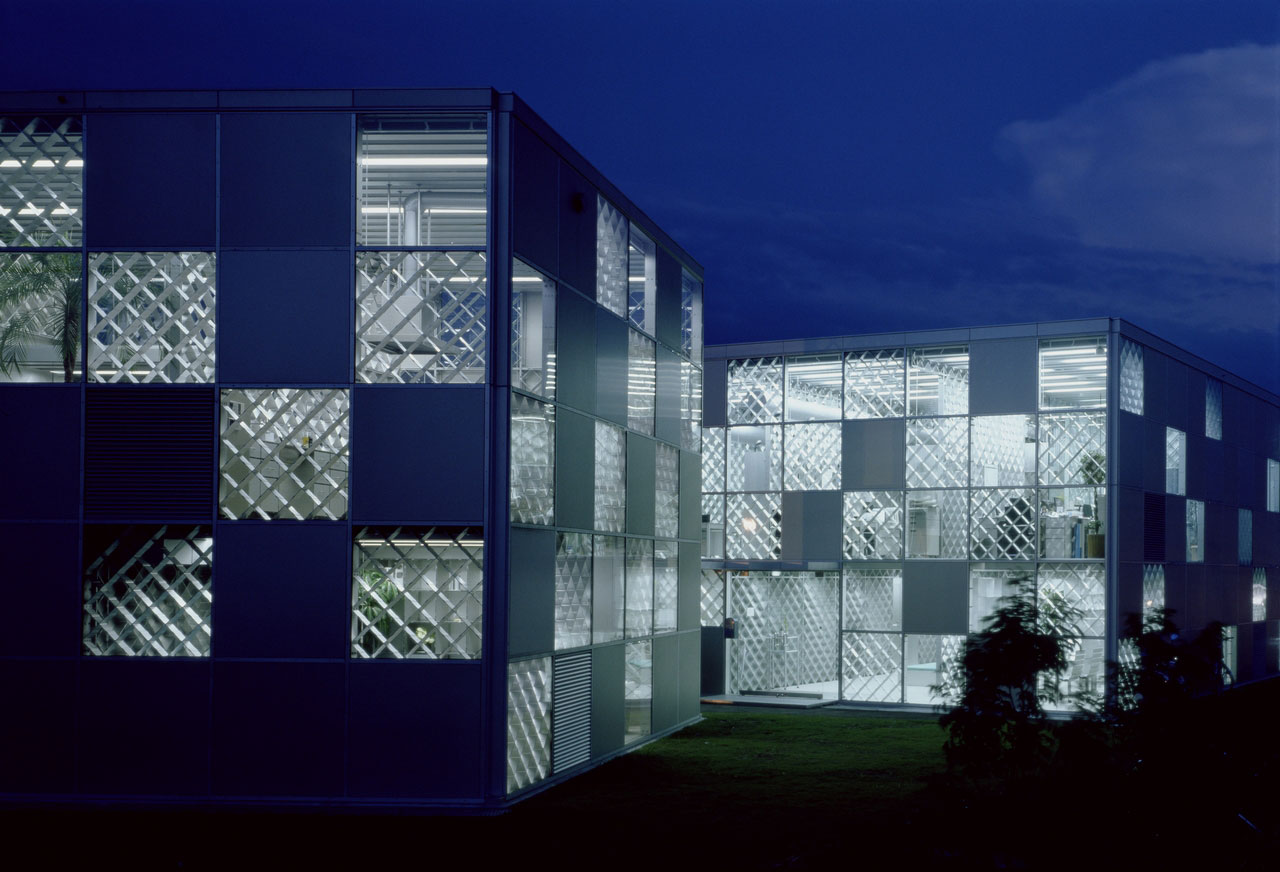 Known for establishing a “kinship between public and private realms” and creating “architecture as background and foreground to everyday life” the Japanese architect and social advocate, Riken Yamamoto has been selected as the 2024 Pritzker Architecture Prize Laureate. He is the 53rd honoree of the Pritzker Architecture Prize and the ninth architect from Japan to receive this recognition, following Arata Isozaki, Shigeru Ban, Kazuyo Sejima, Ryue Nishizawa, Kenzō Tange, Fumihiko Maki, Toyo Ito and Tadao Ando.
Known for establishing a “kinship between public and private realms” and creating “architecture as background and foreground to everyday life” the Japanese architect and social advocate, Riken Yamamoto has been selected as the 2024 Pritzker Architecture Prize Laureate. He is the 53rd honoree of the Pritzker Architecture Prize and the ninth architect from Japan to receive this recognition, following Arata Isozaki, Shigeru Ban, Kazuyo Sejima, Ryue Nishizawa, Kenzō Tange, Fumihiko Maki, Toyo Ito and Tadao Ando.
By Efi Michalarou
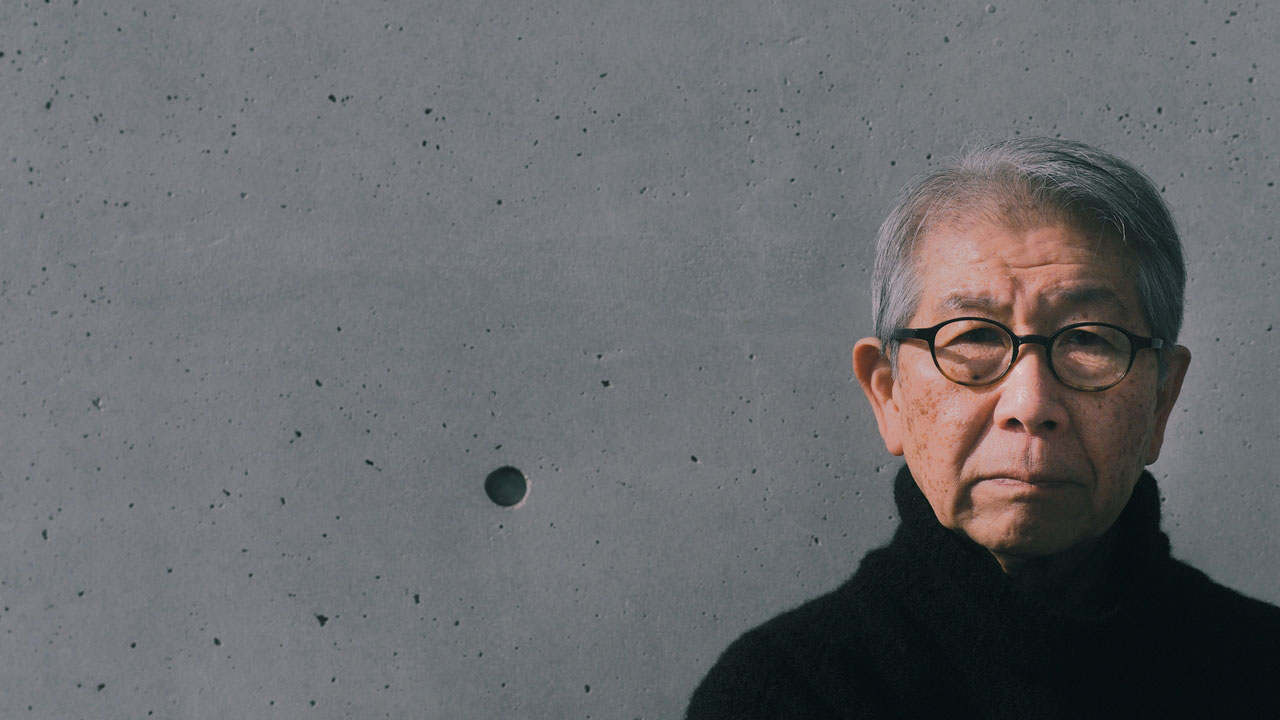 Riken Yamamoto (15/4/1945- ) was born in Beijing, China and relocated to Yokohama, Japan shortly after the end of World War II. Negotiating a balance between public and private dimensions from childhood, he lived in a home that was modeled after a traditional Japanese machiya, with his mother’s pharmacy in the front and their living area in the rear. At age 17, he visited Kôfuku-ji Temple, in Nara, Japan, originally built in 730 and finally reconstructed in 1426, and was captivated by the Five-storied Pagoda symbolizing the five Buddhist elements of earth, water, fire, air and space. He graduated from Nihon University, Department of Architecture, College of Science and Technology in 1968 and received a Master of Arts in Architecture from Tokyo University of the Arts, Faculty of Architecture in 1971. He founded his practice, Riken Yamamoto & Field Shop in 1973. During the earliest years of his career, the architect spontaneously journeyed across countries and continents by car with his mentor, Hiroshi Hara, spending months at a time in pursuit of understanding communities, cultures and civilizations. In 1972, he drove along the coastline of the Mediterranean Sea, visiting France, Spain, Morocco, Algeria, Tunisia, Italy, Greece and Türkiye. Two years later, he traveled from Los Angeles to Mexico, Guatemala, Costa Rica and Colombia before reaching Peru. He would also embark on a similar expedition to Iraq, India and Nepal, and concluded that the idea of a “threshold” between public and private spaces was universal. Yamamoto reconsidered boundaries between public and private realms as societal opportunities, committing to the belief that all spaces may enrich and serve the consideration of an entire community, and not just those who occupy them. With this in mind, he began designing single-family residences that united natural and built environments, welcoming to both guests and passersby. His first project, Yamakawa Villa (Nagano, Japan 1977), is exposed on all sides and situated in the woods, designed to feel entirely like an open-air terrace. The experience significantly influenced his future works as he extended into social housing with Hotakubo Housing (Kumamoto, Japan 1991), bridging cultures and generations through relational living. Transparency, in form, material and philosophy remained an essential element in his works. He established an urban planning approach that demonstrated evolution as a vital property in the development of Ryokuen-toshi, Inter-Junction City (Yokohama, Japan 1994). Regardless of a building’s identity or function, a regulation constitutes that all must allow passage through its site, cohering adjacent plots and unifying neighboring landowners. He continued to prompt societies in large buildings by adapting his architectural language to projects such as Saitama Prefectural University (Koshigaya, Japan 1999), and Tianjin Library (Tianjin, Republic of China 2012), attesting to his mastery of scale. His work grew more prolific, ranging from private residences to public housing, elementary schools to university buildings, and institutions to civic spaces, when natural disaster devastated Japan in 2011. In the aftermath of Tōhoku Earthquake and Tsunami, he established Local Area Republic Labo, an institute dedicated to community activities through architectural design; and instituted the Local Republic Award in 2018 to honor young architects who act with courage and ideals towards the future. Yamamoto is a newly appointed visiting professor at Kanagawa University (Yokohama, Japan). He was a visiting professor at Tokyo University of the Arts (Tokyo, Japan 2022-2024) and has previously taught at Nihon University, Graduate School of Engineering (Tokyo, Japan 2011-2013); Yokohama National University, Graduate School of Architecture (Yokohama, Japan 2007-2011); Kogakuin University, Department of Architecture (Tokyo, Japan 2002-2007); and served as the President of Nagoya Zokei University of Art and Design (Nagoya, Japan 2018-2022). He was appointed Academician by the International Academy of Architecture (2013) and has received numerous distinctions throughout his career including the Japan Institute of Architects Award for the Yokosuka Museum of Art (2010), Public Buildings Prize (2004 and 2006), Good Design Gold Award (2004 and 2005), Prize of the Architectural Institute of Japan (1988 and 2002), Japan Arts Academy Award (2001), and Mainichi Art Awards (1998). Yamamoto continues to practice and reside in Yokohama, in community with his neighbors. His built works can be found throughout Japan, People’s Republic of China, Republic of Korea and Switzerland.
Riken Yamamoto (15/4/1945- ) was born in Beijing, China and relocated to Yokohama, Japan shortly after the end of World War II. Negotiating a balance between public and private dimensions from childhood, he lived in a home that was modeled after a traditional Japanese machiya, with his mother’s pharmacy in the front and their living area in the rear. At age 17, he visited Kôfuku-ji Temple, in Nara, Japan, originally built in 730 and finally reconstructed in 1426, and was captivated by the Five-storied Pagoda symbolizing the five Buddhist elements of earth, water, fire, air and space. He graduated from Nihon University, Department of Architecture, College of Science and Technology in 1968 and received a Master of Arts in Architecture from Tokyo University of the Arts, Faculty of Architecture in 1971. He founded his practice, Riken Yamamoto & Field Shop in 1973. During the earliest years of his career, the architect spontaneously journeyed across countries and continents by car with his mentor, Hiroshi Hara, spending months at a time in pursuit of understanding communities, cultures and civilizations. In 1972, he drove along the coastline of the Mediterranean Sea, visiting France, Spain, Morocco, Algeria, Tunisia, Italy, Greece and Türkiye. Two years later, he traveled from Los Angeles to Mexico, Guatemala, Costa Rica and Colombia before reaching Peru. He would also embark on a similar expedition to Iraq, India and Nepal, and concluded that the idea of a “threshold” between public and private spaces was universal. Yamamoto reconsidered boundaries between public and private realms as societal opportunities, committing to the belief that all spaces may enrich and serve the consideration of an entire community, and not just those who occupy them. With this in mind, he began designing single-family residences that united natural and built environments, welcoming to both guests and passersby. His first project, Yamakawa Villa (Nagano, Japan 1977), is exposed on all sides and situated in the woods, designed to feel entirely like an open-air terrace. The experience significantly influenced his future works as he extended into social housing with Hotakubo Housing (Kumamoto, Japan 1991), bridging cultures and generations through relational living. Transparency, in form, material and philosophy remained an essential element in his works. He established an urban planning approach that demonstrated evolution as a vital property in the development of Ryokuen-toshi, Inter-Junction City (Yokohama, Japan 1994). Regardless of a building’s identity or function, a regulation constitutes that all must allow passage through its site, cohering adjacent plots and unifying neighboring landowners. He continued to prompt societies in large buildings by adapting his architectural language to projects such as Saitama Prefectural University (Koshigaya, Japan 1999), and Tianjin Library (Tianjin, Republic of China 2012), attesting to his mastery of scale. His work grew more prolific, ranging from private residences to public housing, elementary schools to university buildings, and institutions to civic spaces, when natural disaster devastated Japan in 2011. In the aftermath of Tōhoku Earthquake and Tsunami, he established Local Area Republic Labo, an institute dedicated to community activities through architectural design; and instituted the Local Republic Award in 2018 to honor young architects who act with courage and ideals towards the future. Yamamoto is a newly appointed visiting professor at Kanagawa University (Yokohama, Japan). He was a visiting professor at Tokyo University of the Arts (Tokyo, Japan 2022-2024) and has previously taught at Nihon University, Graduate School of Engineering (Tokyo, Japan 2011-2013); Yokohama National University, Graduate School of Architecture (Yokohama, Japan 2007-2011); Kogakuin University, Department of Architecture (Tokyo, Japan 2002-2007); and served as the President of Nagoya Zokei University of Art and Design (Nagoya, Japan 2018-2022). He was appointed Academician by the International Academy of Architecture (2013) and has received numerous distinctions throughout his career including the Japan Institute of Architects Award for the Yokosuka Museum of Art (2010), Public Buildings Prize (2004 and 2006), Good Design Gold Award (2004 and 2005), Prize of the Architectural Institute of Japan (1988 and 2002), Japan Arts Academy Award (2001), and Mainichi Art Awards (1998). Yamamoto continues to practice and reside in Yokohama, in community with his neighbors. His built works can be found throughout Japan, People’s Republic of China, Republic of Korea and Switzerland.
